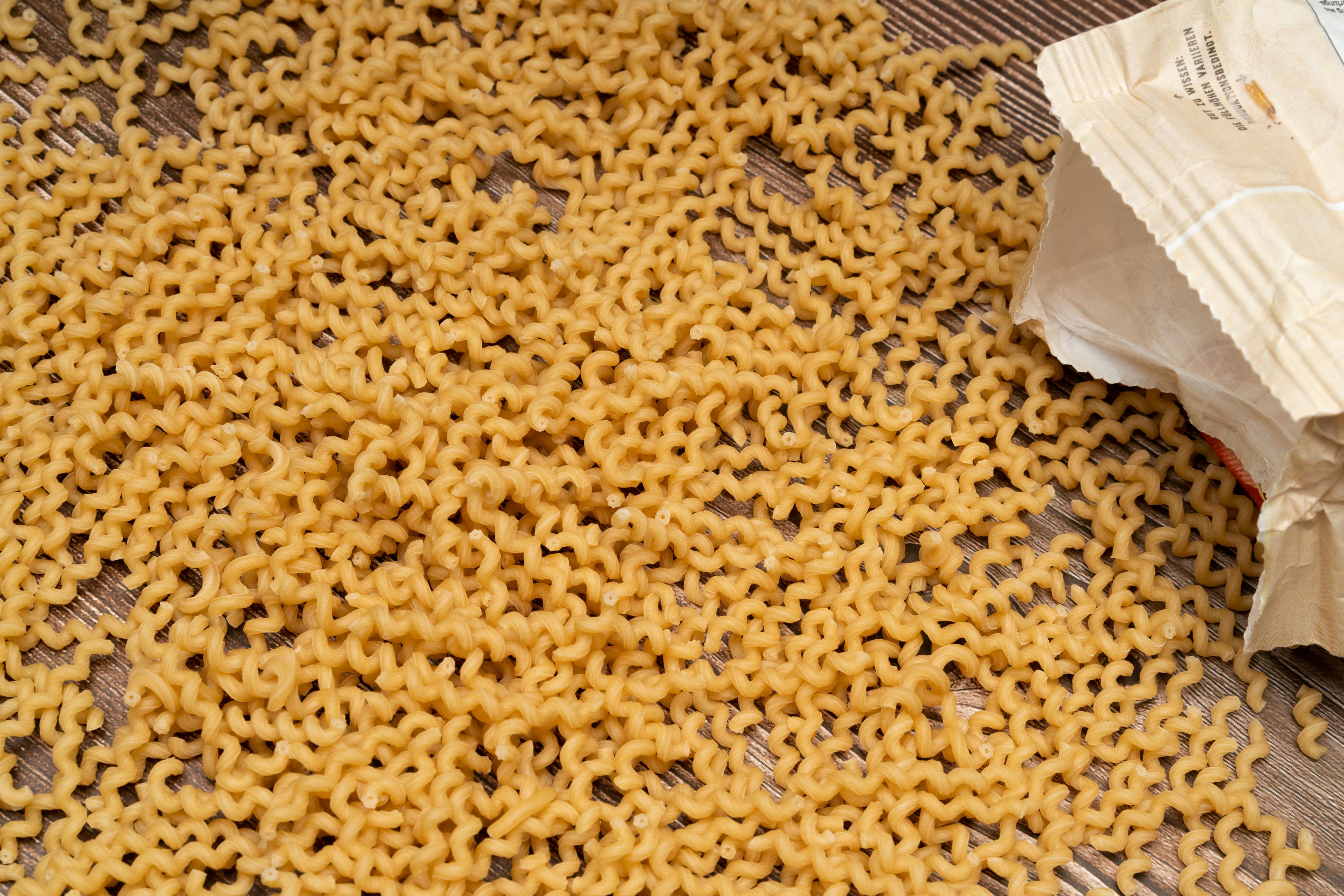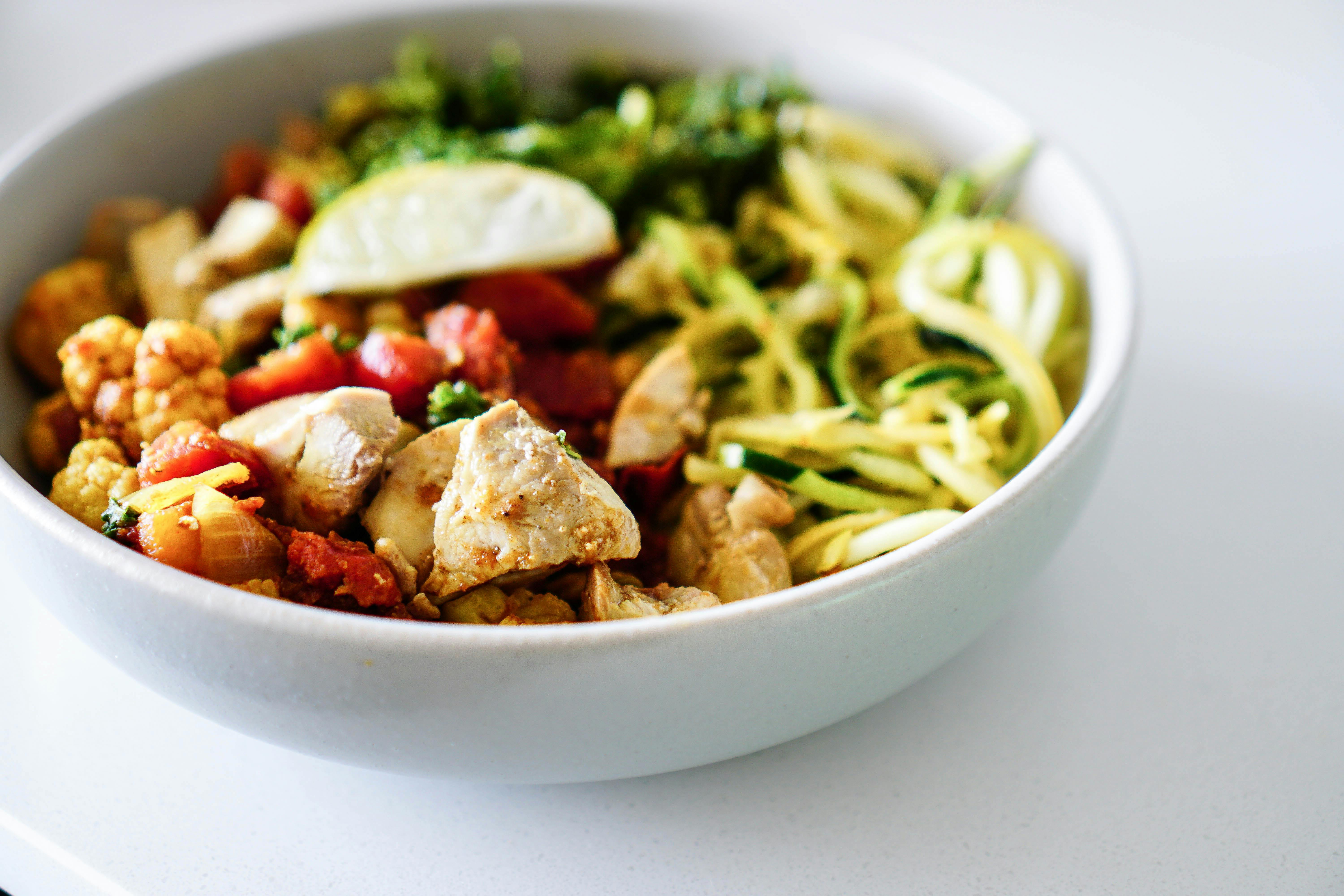Understanding Grams to Pounds Conversion
When it comes to weighing items, the metric system and the imperial system often create confusion. One common dilemma is how to convert grams into pounds—this guides not only weight measurement but also has practical applications in cooking, nutrition, and everyday life. For example, 2000 grams is equal to approximately 4.409 pounds. This conversion is essential for anyone who needs to understand weight ratios, especially those involved in health, cooking, or educational settings.
The importance of precise weight conversions cannot be overstated. Whether you're measuring ingredients for a recipe, calculating nutritional information, or managing fitness goals, knowing how to convert grams to pounds is a valuable skill. In this article, we will explore the history of weight measurement, practical conversion formulas, and helpful tools to make the grams to pounds conversion simpler and more accurate.
Join us as we delve into the various aspects of mass conversion from grams to pounds, focusing on different applications and the tools you can use to help you convert weight efficiently. Let's explore how many pounds in 2000 grams and some helpful tips for weight measurement along the way!
How to Convert Grams to Pounds Easily
Understanding how to convert grams to pounds can be simplified with a specific formula. The basic relationship between these two units of measure is that 1 pound is equal to approximately 453.592 grams. Therefore, to convert grams to pounds, you can use the following formula:
Pounds = Grams ÷ 453.592
Applying this formula, we find that:
2000 grams ÷ 453.592 ≈ 4.409 pounds.
This simple calculation shows that weighing 2000 grams is equivalent to approximately 4.409 pounds. Being comfortable with this conversion may help you in practical situations like cooking or during fitness regimes where knowing the precise weight of ingredients is essential.
Additionally, many online grams to pounds calculators can give you immediate results without any mathematical effort. Using a calculator can save you time and minimize errors especially in a bustling kitchen or while preparing a diet plan.

Practical Applications of Grams to Pounds Conversion
Let's dive into the real-world applications where converting grams to pounds plays a crucial role. In the culinary world, for example, recipe accuracy is vital. Many chefs prefer using grams for precise measurements, but recipes often provide weights in pounds. Knowing how to convert quickly ensures that you can follow a recipe correctly without the guesswork.
Another area where grams to pounds conversion is extremely useful is nutrition. Nutrition labels often present information in grams, so understanding these measurements can help in maintaining a balanced diet. For instance, if you want to find out how much a particular food item weighs in pounds, you can easily apply the conversion, making it easier to track your meals.
Furthermore, precise measurements become important in fitness and health monitoring. If you're weighing food for meal prepping or calculating macronutrients, knowing how to convert grams to pounds can streamline the process. It allows for efficient portion control and keeps your nutritional goals on track.

The Science Behind Mass Conversion
At its core, the science of converting weights involves understanding metric and imperial systems. The metric system, based on the unit of grams, is used the world over, while pounds belong to the imperial system. This makes knowledge of both systems vital for accurate conversions.
Uniformity and standardization across different contexts contribute to an overall understanding of mass measurement systems. For example, in scientific experiments, precision in weight measurements is necessary to achieve accurate results. Similarly, in nutrition, knowing the weight of food in grams helps individuals adhere to dietary restrictions and goals.
Educational materials often provide resources on these weight conversions. Being informed on mass measurement helps to bridge the gap between the metric system's precise nature and the everyday applications of the imperial system. Consequently, whether you are converting weights for cooking or managing dietary plans, the understanding of these systems is fundamental.
Common Mistakes in Weight Conversion
While converting grams to pounds is straightforward, there are common mistakes to be aware of. One frequent error is relying only on rough estimates instead of exact calculations. For example, many people might say that 2000 grams is roughly 5 pounds, which is inaccurate. Always remember that precise conversions are vital for successful applications in cooking, nutrition, and health.
Another common mistake is using outdated formulas or references. It is essential to use the most current conversion rates, as even small inaccuracies can lead to significant errors in results. Online tools such as grams to pounds calculators or conversion charts ensure you have the right information at your fingertips.
Lastly, many overlook the context of the measurement, leading to confusion. For instance, knowing that culinary recipes might prefer grams while nutritional guidelines might use pounds can avoid mix-ups. A focused understanding of the purpose behind weight measurements will elevate your confidence in making conversions easily.
Exploring Grams in Other Units of Measurement
Beyond conversions to pounds, grams can be expressed in various other units. For instance, grams can also be converted to ounces, with the conversion factor of 1 ounce being equal to approximately 28.3495 grams. In culinary settings, understanding ounces can help when measuring smaller quantities of ingredients.
Moreover, grams can be converted into kilograms, with 1000 grams equating to 1 kilogram. This knowledge can prove beneficial in broader contexts, such as when measuring bulk items or packages where kilograms might be more common.
Familiarity with how grams relate to other units helps build a robust intuitive sense for weight measurement. This not only enhances cooking skills but also aids in health-conscious living by allowing accurate tracking of food intake and portion sizes.
Frequently Asked Questions About Gram Conversion
Q: How do I convert grams to pounds without a calculator?
A: You can use the formula: Pounds = Grams ÷ 453.592 to do the calculation manually.
Q: Why is the grams to pounds conversion important?
A: Understanding this conversion is crucial for accurate cooking, nutrition, and health tracking.
Q: Are there any resources to help with weight conversion?
A: Yes, online converters and mobile apps can significantly assist in making these calculations easier.
Q: How many pounds are in 2000 grams?
A: 2000 grams is approximately 4.409 pounds.
Q: Can I use grams for cooking measurements?
A: Definitely, many chefs use grams due to its precision, especially in baking.
This article has provided a robust overview of how to convert grams to pounds, practical applications, and common pitfalls to avoid. Understanding these measurements not only enhances your cooking experience but also empowers you to manage your health and nutrition effectively.
